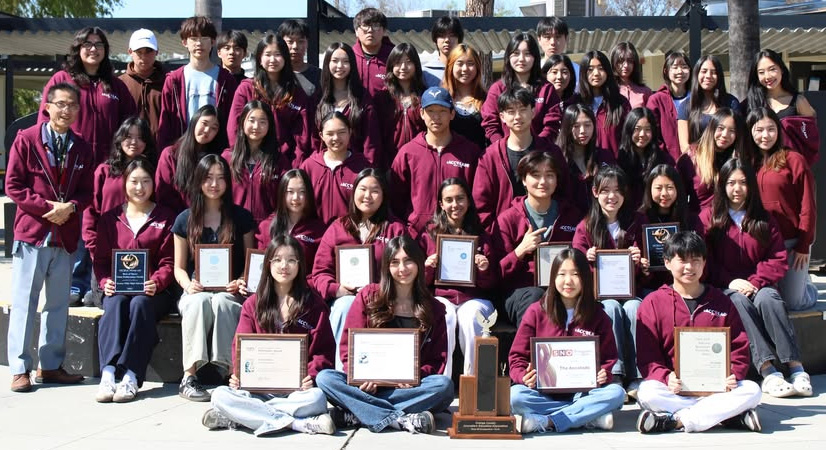This trend is well worth the shot
March 16, 2023
“Help Me.”
“SOS.”
Customers of the fast-fashion, online clothing brand SHEIN inspected the labels stitched on the tags of the company’s products to find these alarming messages, hypothetically printed by the factory workers.
The inspection began following a viral TikTok post exhibiting such messages on the tags of various pieces, and shortly after, a stream of social media posts surfaced, exposing the 75-hour work weeks and poor conditions of employees.
Despite such exploitations, the company has partnered with mega-influencers, like TikToker Addison Rae, to market its products to social media users.
The brand relies on influencer marketing to heighten its consumer count; for example, various influencers uploaded TikTok hauls of SHEIN items. The hashtag #sheinhaul garnered over 8.6 billion views on the platform.
The hundreds of social media influencers collaborating with the unethical brand in exchange for payments demonstrates a foundation of why the “de-influencing” movement transpired across platforms.
The trend rejects the cult-like consumerism perpetuated by social media influencers, calling for greater transparency between the content creator and the consumer. By revealing the truth behind the quality of “hyped” products, de-influencing draws attention to heedless purchases.
“This trend of de-influencing is so cool because I love seeing people being aware of their overconsumption and kind of like getting ready to consume more intentionally,” said sustainability advocate Jessica Clifton (@impactforgood_) in her Thursday, Jan. 19 TikTok video that amassed 25.4K views.
Thanks to the de-influencing trend, more consumers and content creators alike are willing to initiate important conversations on environmental and social consciousness.
However, some influencers use this trend to advertise and encourage viewers to buy alternatives. While it might help the viewers to make choices in spending less on expensive, overrated products, it doesn’t comply with the original aim of reducing overconsumption.
Although the videos did not directly stop the issue, the fact that people are trying to be part of this change and proactive movement is a step in the right direction.













